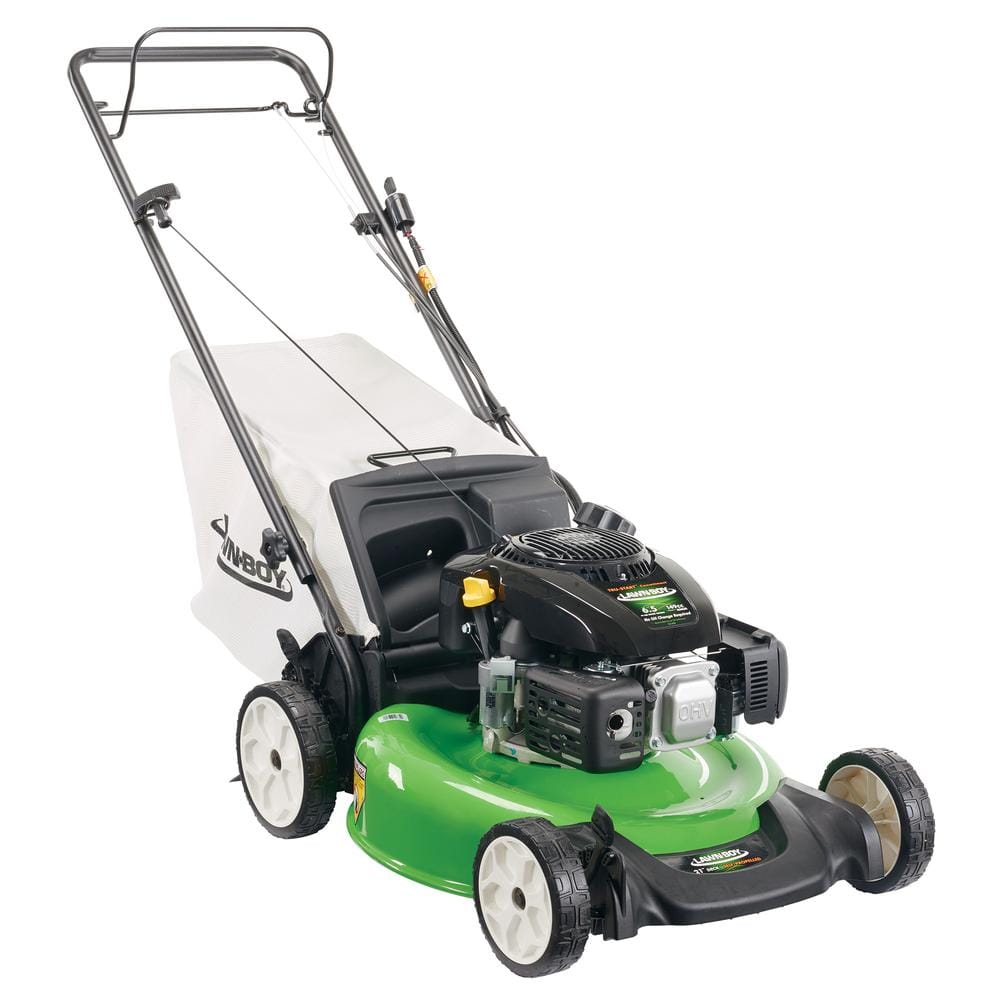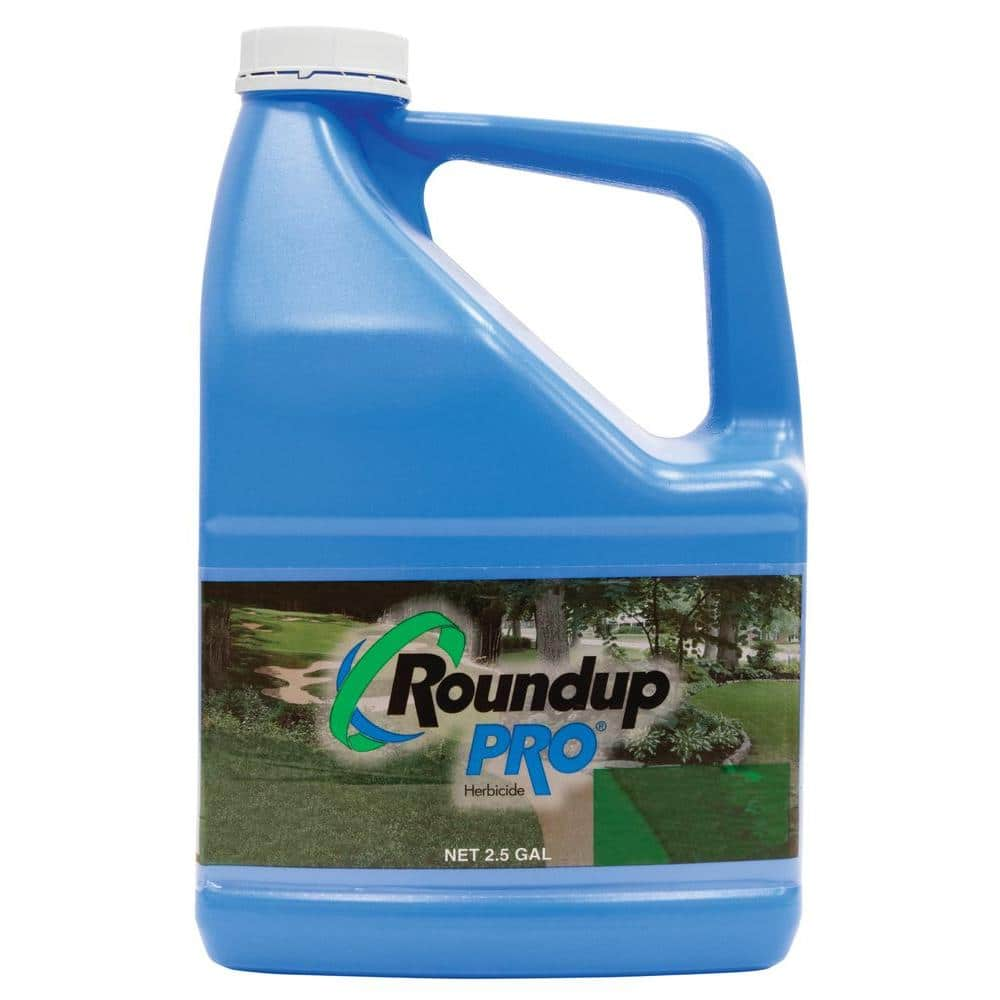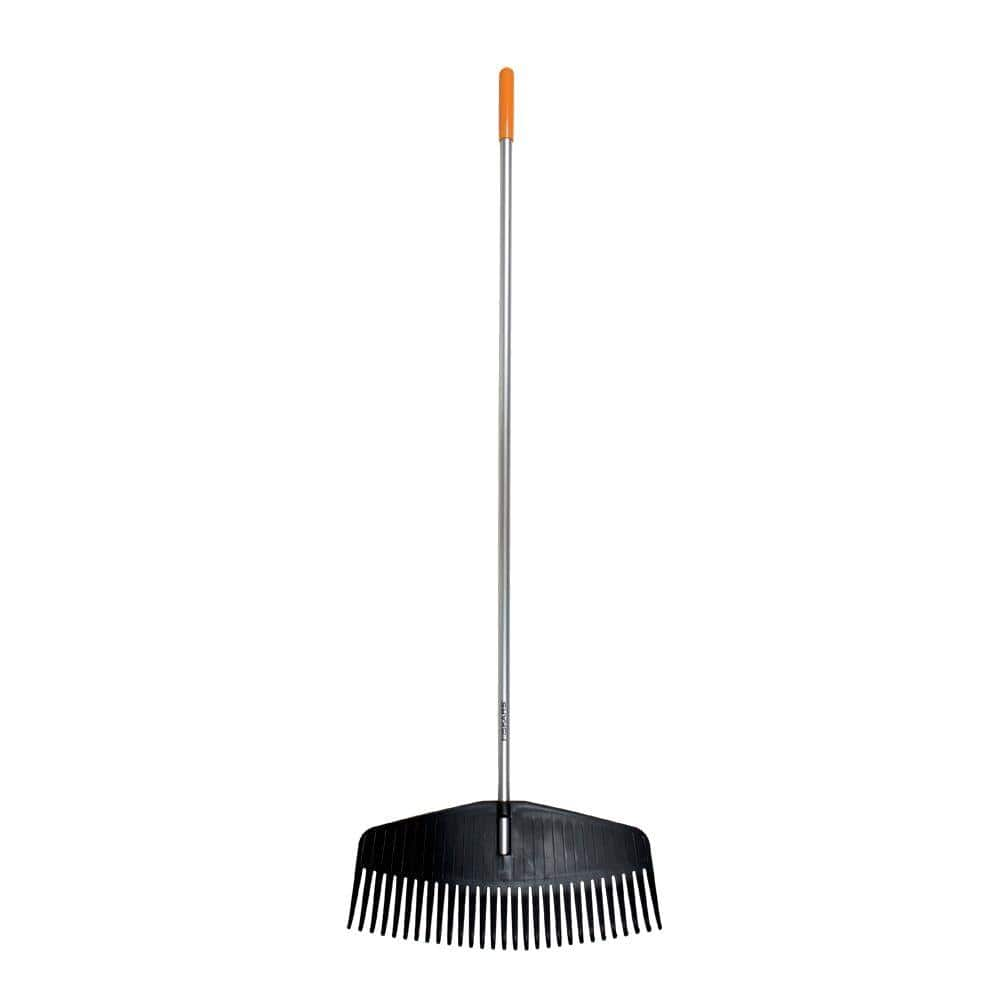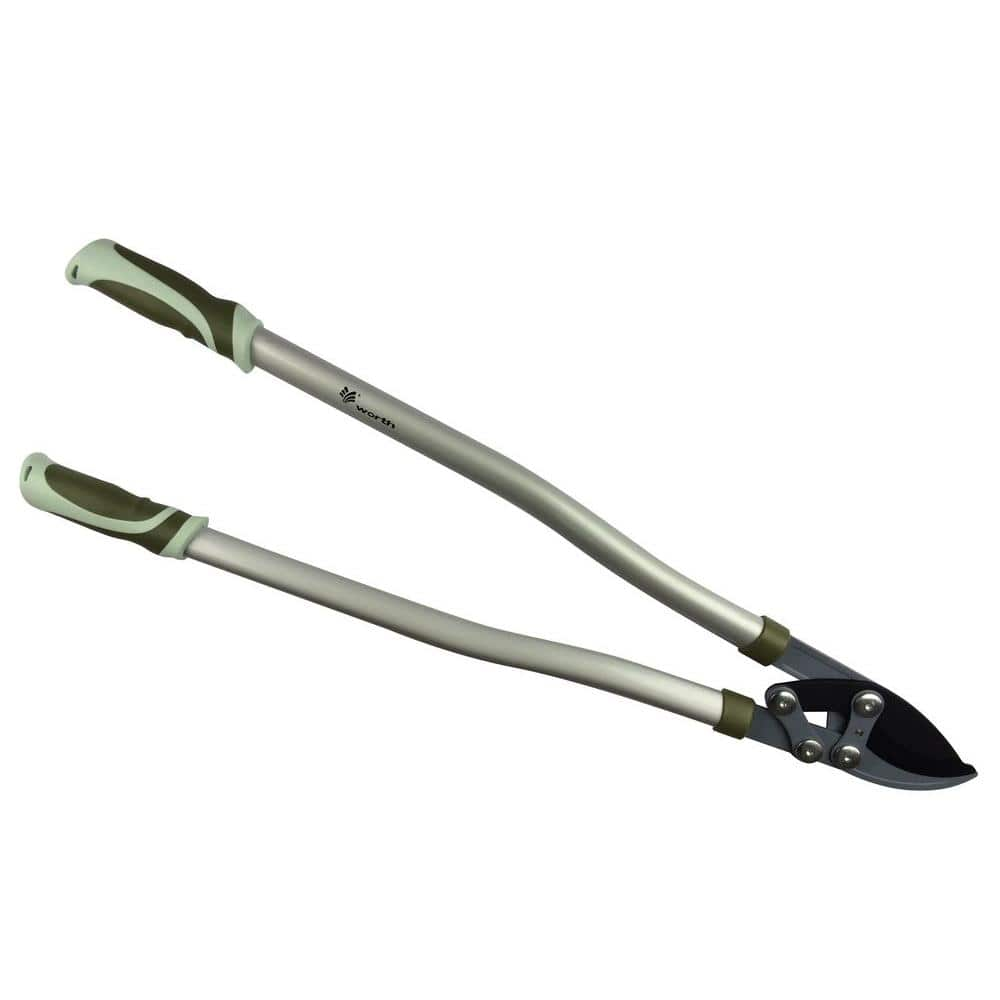Fall Garden Chores to Prep for Spring

Last updated September 7, 2023
Being outside in fall is sweet relief after a long, hot summer. Blue skies, cooler temperatures and a change in the air make crisp autumn days the best for gardening. The garden chores you complete in fall will make your spring garden even better.
Do some of the following tasks in fall and get a jump-start for spring.
Table of Contents
Clean Up Vegetable and Flower Gardens
Improve Soil in the Garden
Turn Leaves into Mulch
Leave Plants for the Pollinators
Time to Overseed the Lawn
Make Notes on the Garden
Clean Up Vegetable and Flower Gardens
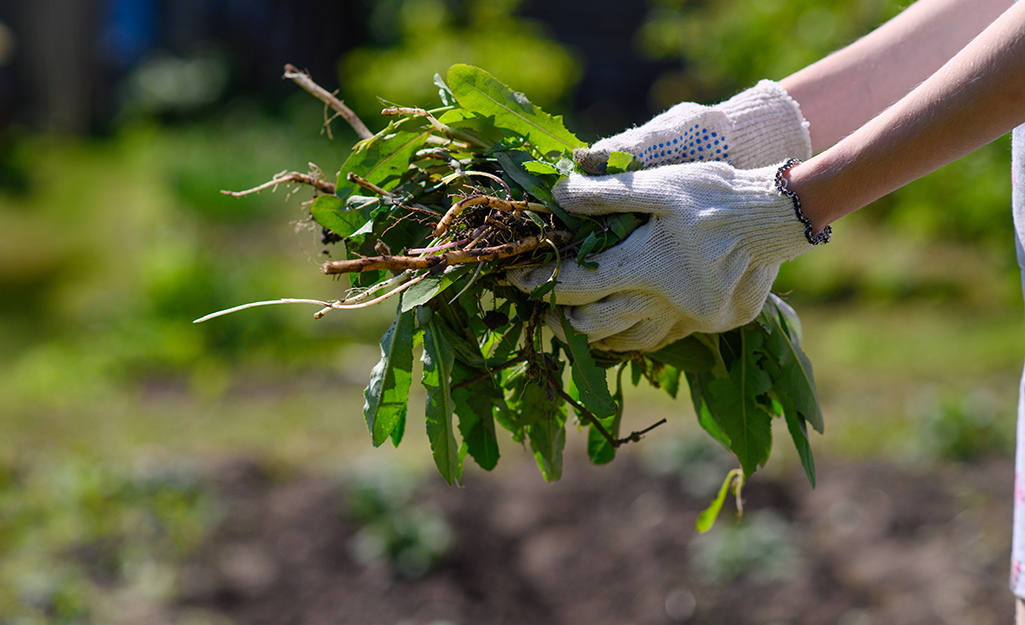
Clean up vegetable and flower gardens in the fall months. It’s important to remove most spent plants from the garden to prevent disease and also to give room to improve the soil.
This is an opportunity to add to your compost pile or bin. Some plants, like tomato vines, should be bagged and thrown in the trash because most compost piles don’t get hot enough to destroy pathogens that will hurt next year’s crops.
Cold winter temperatures slow down the composting process. Keep air and water flowing in the compost pile by inserting sticks to create pockets. The extra circulation will help plant materials break down faster.
Improve Soil in the Garden
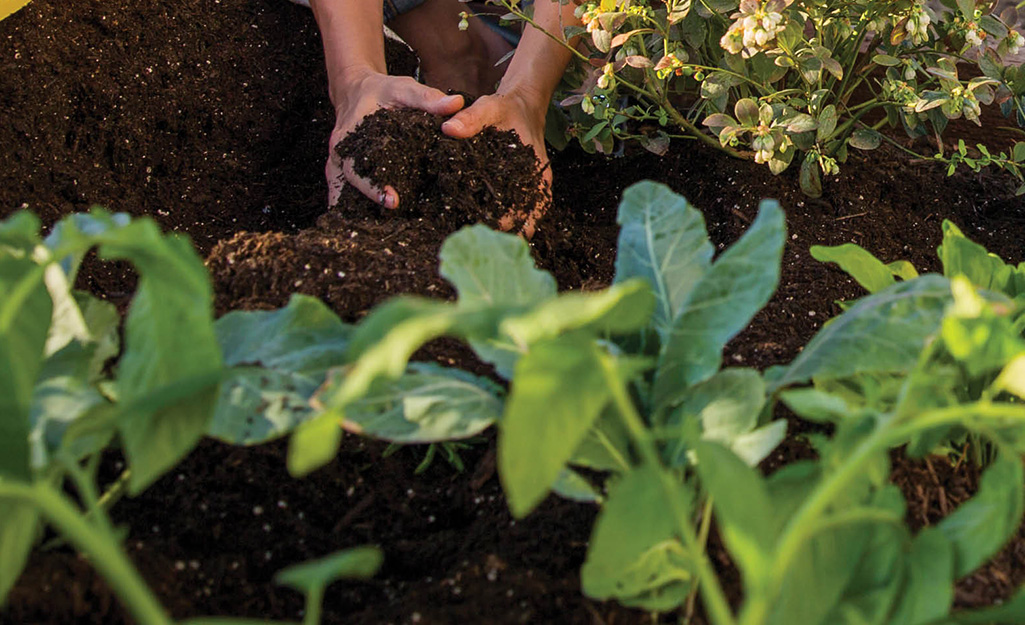
Fall is a great time to improve soils in both raised beds and in-ground beds. When you clean out the garden, you have a blank slate to improve soil. If you’ve never tested the soil, fall is a good time to level-set. You can get a soil test kit from The Home Depot or your local Cooperative Extension Service.
The soil test results will have recommendations for amendments. Organic compost, either purchased or from your compost pile, will improve the soil, especially in hard-working vegetable gardens.
If you have a source for arborist wood chips, that’s a good carbon source for the soil that can be added in fall. Amending soil with a slow-release organic nitrogen fertilizer will help ready the garden for the next growing season.
Turn Leaves into Mulch

Fallen leaves make a high-quality mulch for your landscape. Close the loop on recycling yard waste when you rake leaves and turn them into mulch. Just gather the leaves into low piles on your lawn and use your mulching lawn mower to make several passes over them. Pile up the mulched leaves in a corner of your yard to age into fine mulch.
You can spread the finished mulch onto garden beds and use a digging fork to turn it into the garden soil.
Leave Plants for the Pollinators

When you clean the garden, leave some flowers for wintering birds and insects. The stems of spent flowers, like coneflowers and Black-Eyed Susans, provide shelter, places to perch and add interest to the winter landscape.
This “no cleanup fall cleanup” is easier on the gardener, and it also benefits pollinators like bees and butterflies.
Time to Overseed the Lawn
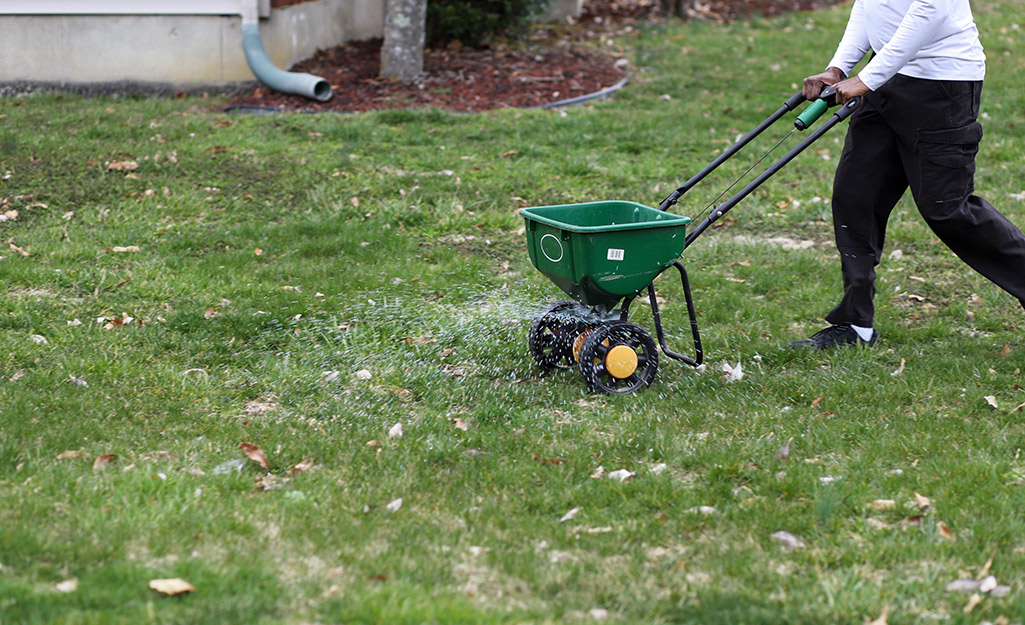
Take advantage of the wetter, cooler weather and refresh your lawn by overseeding, or even starting a new lawn. To overseed, first mow the grass on a low setting and bag the clippings. Rake any debris out of the lawn. Then, use a spreader to disperse the seeds. Depending on the seed product you use, you may also want to top with a fertilizer. Shake straw over the lawn to protect the grass seed as it grows.
Make Notes on the Garden
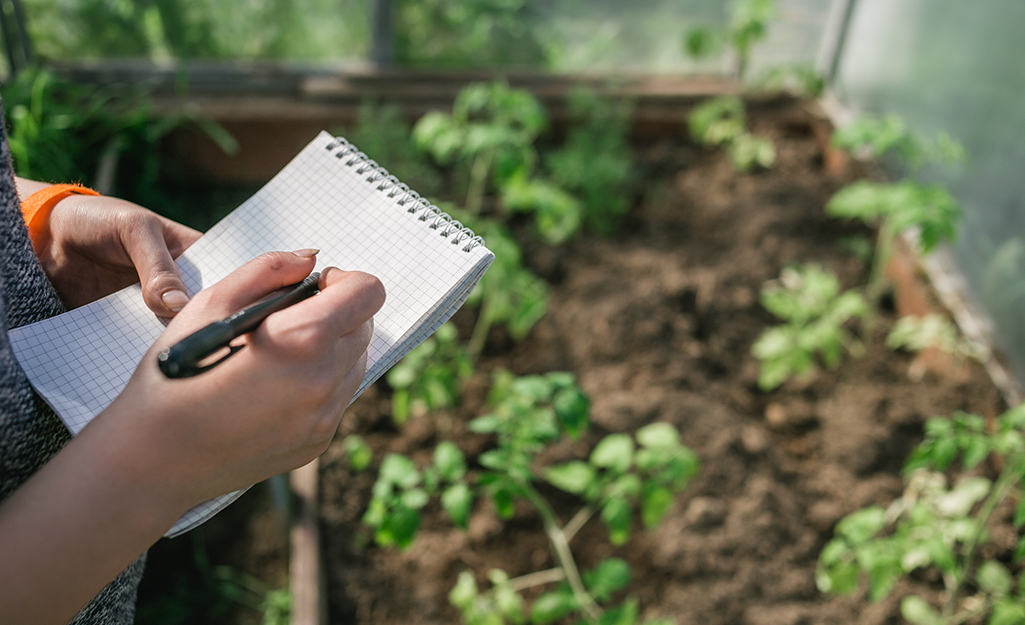
Take notes and pictures of your garden in fall. Keeping a garden diary in a handwritten journal or on your phone is helpful when you plan your spring garden. Record what you planted and when, new varieties that you tried in your garden, and notable weather events like frosts and heavy storms. Over time, this record of your garden will become a resource you'll reference year after year.
You can wait to prune shrubs and trees until late winter and early spring. Pruning trees and shrubs signals to them that they should start growing again. Of course, if your shrubs and trees have diseased or damaged branches, it's okay to prune them out.
Whether you need the right tools, seeds or potting soil, The Home Depot delivers online orders when and where you need them.
